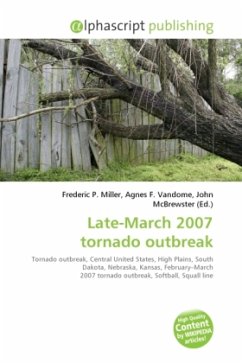The Late Devonian extinction was one of five major extinction events in the history of the Earth's biota. A major extinction occurred at the boundary that marks the beginning of the last phase of the Devonian period, the Famennian faunal stage, (the Frasnian-Famennian boundary), about 364 million years ago, when nearly all of the fossil agnathan fishes suddenly disappeared. A second strong pulse closed the Devonian period. Overall, 19% of all families and 50% of all genera went extinct. Although it is clear that there was a massive loss of biodiversity towards the end of the Devonian, the extent of time during which these events took place is uncertain, with estimates ranging from 500,000 to 15 million years, the latter being the full length of the Famennian. Nor is it clear whether it concerned two sharp mass extinctions or a series of smaller extinctions, though the latest research suggests multiple causes and a series of distinct extinction pulses through an interval of some three million years.
Bitte wählen Sie Ihr Anliegen aus.
Rechnungen
Retourenschein anfordern
Bestellstatus
Storno








